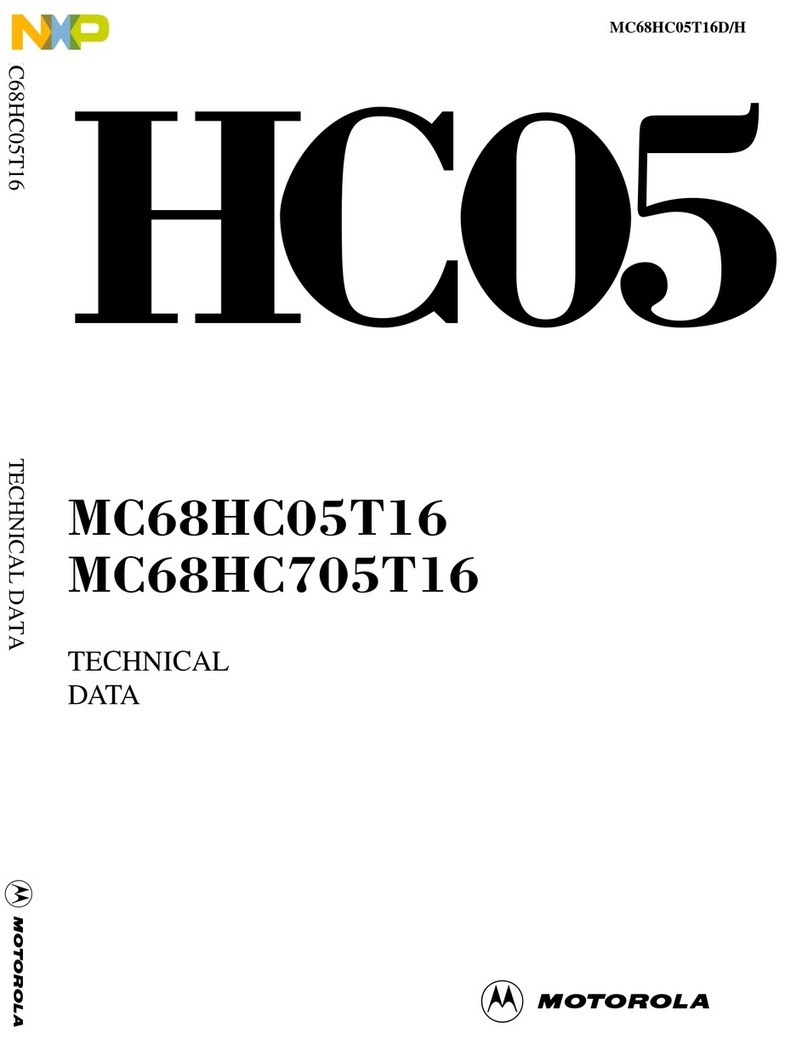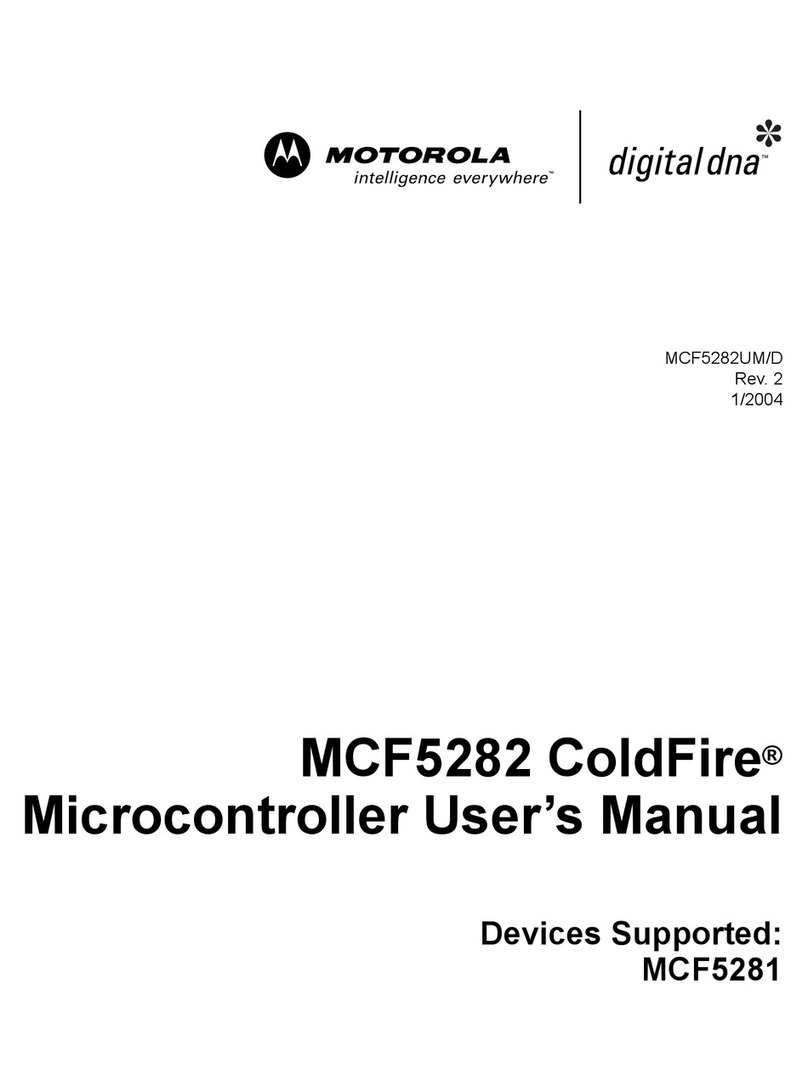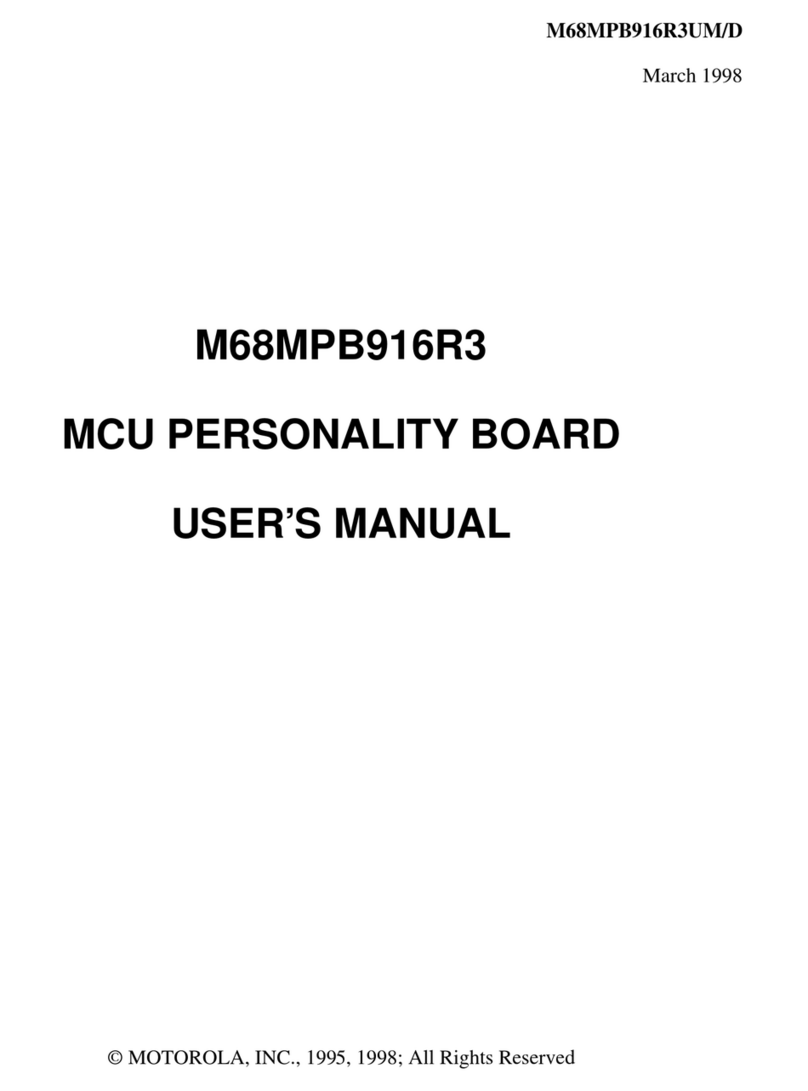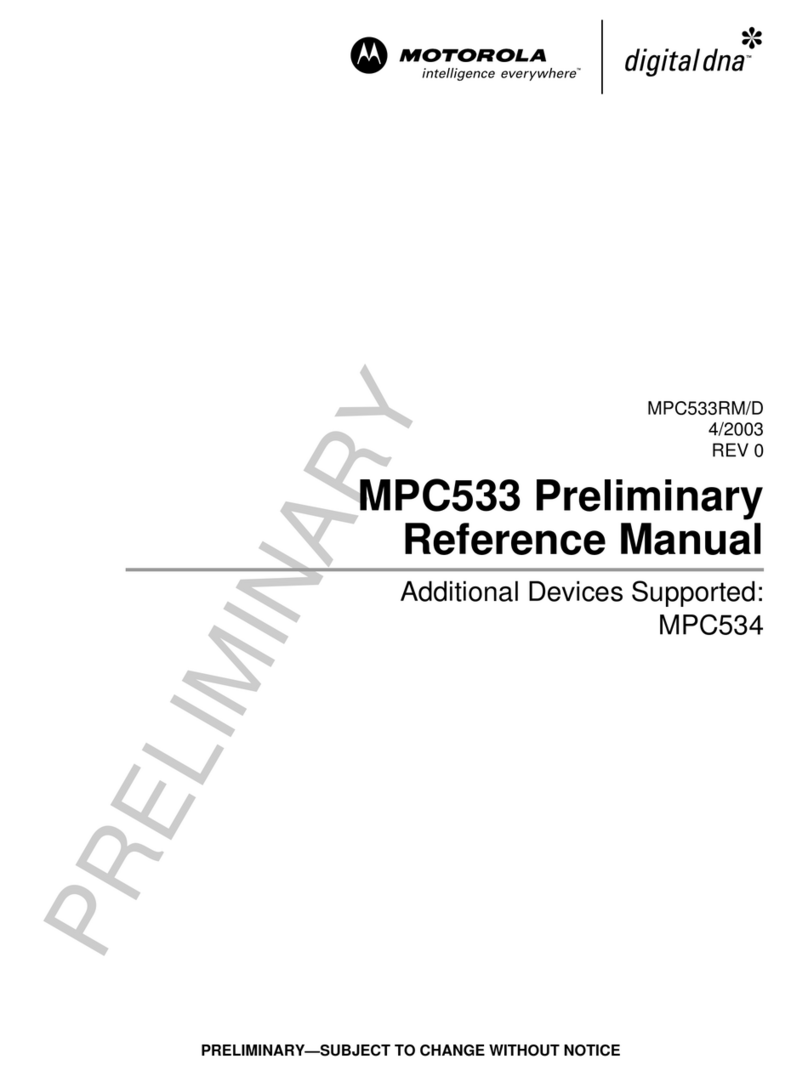Motorola M68MPBF333 User manual
Other Motorola Microcontroller manuals
Motorola
Motorola Freescale Semiconductor M-Core MMC2001 User manual
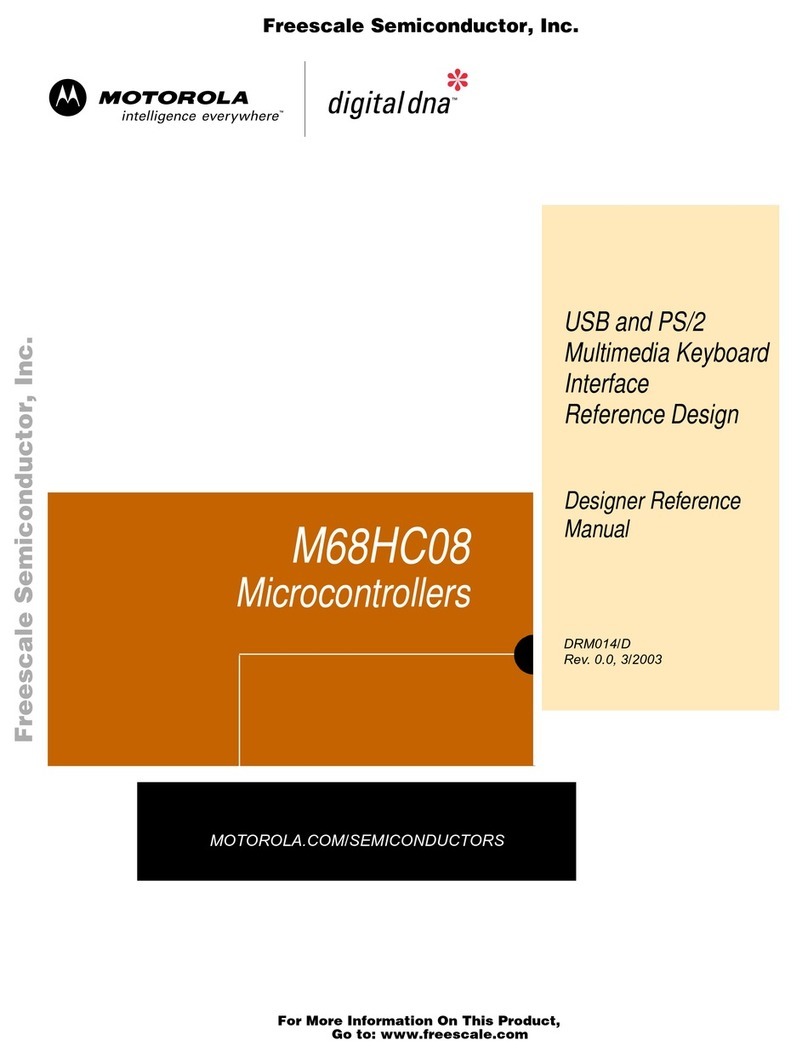
Motorola
Motorola M68HC08 User manual
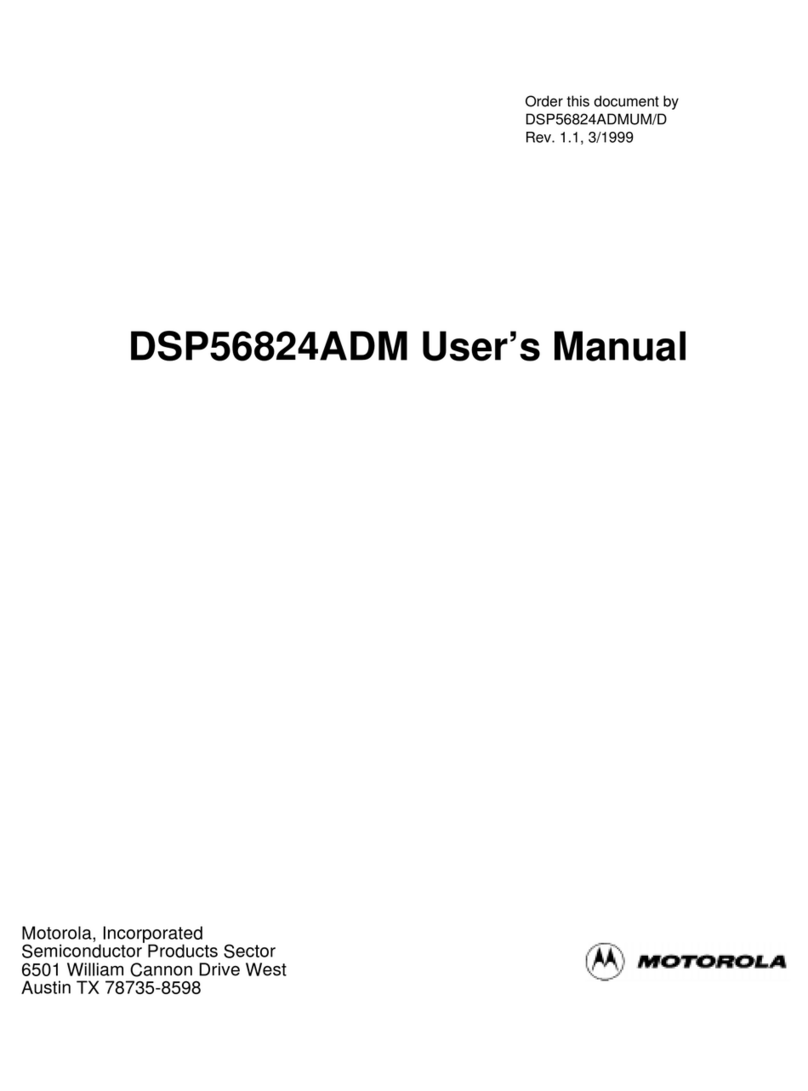
Motorola
Motorola DSP56824ADM User manual

Motorola
Motorola G24 Guide Instruction Manual
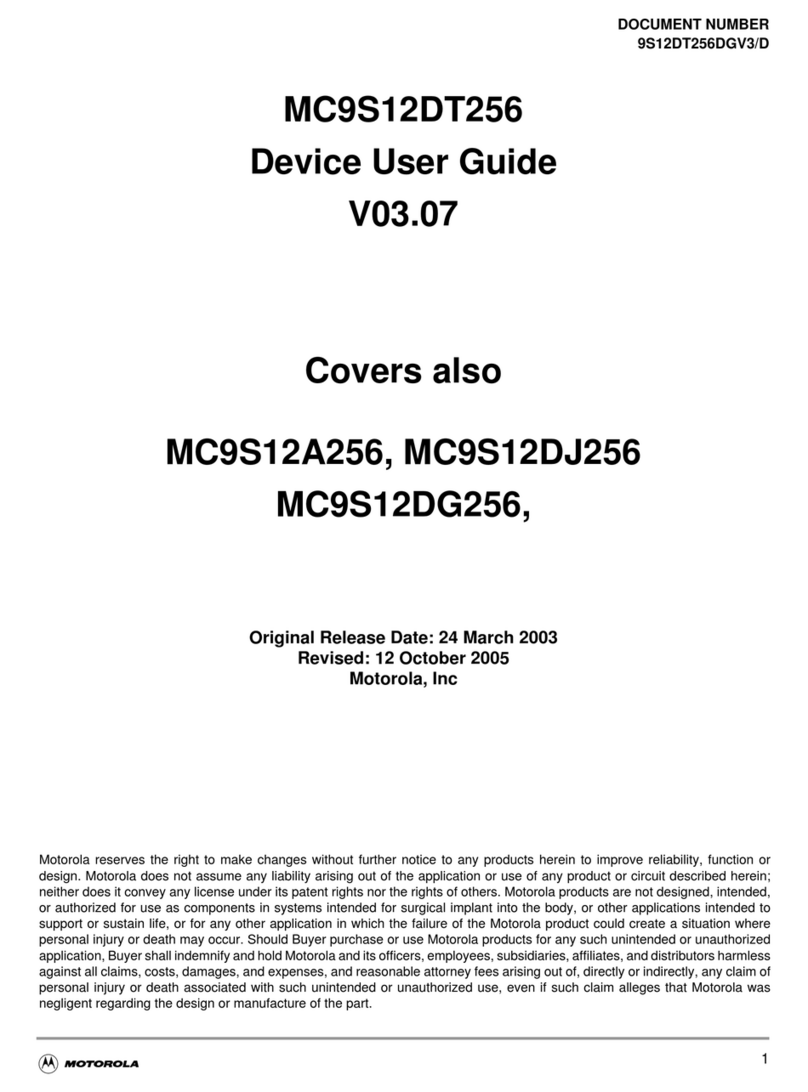
Motorola
Motorola MC9S12DT256 User manual

Motorola
Motorola M68HC08 User manual
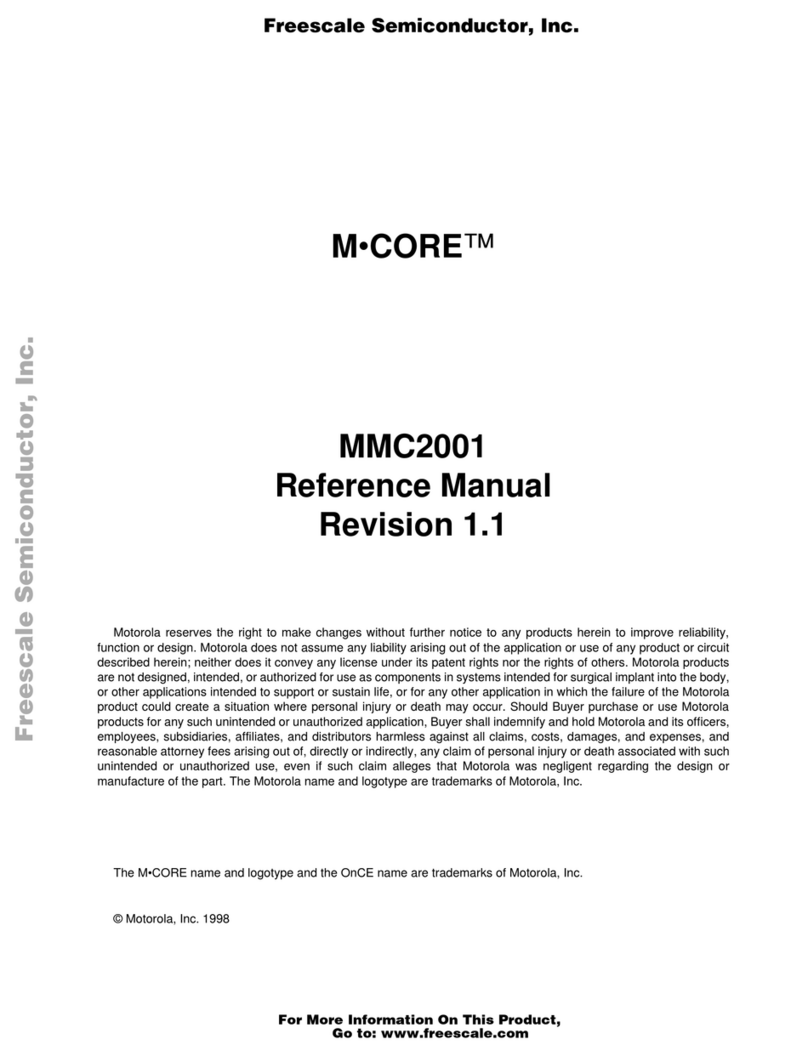
Motorola
Motorola M-CORE MMC2001 Series User manual
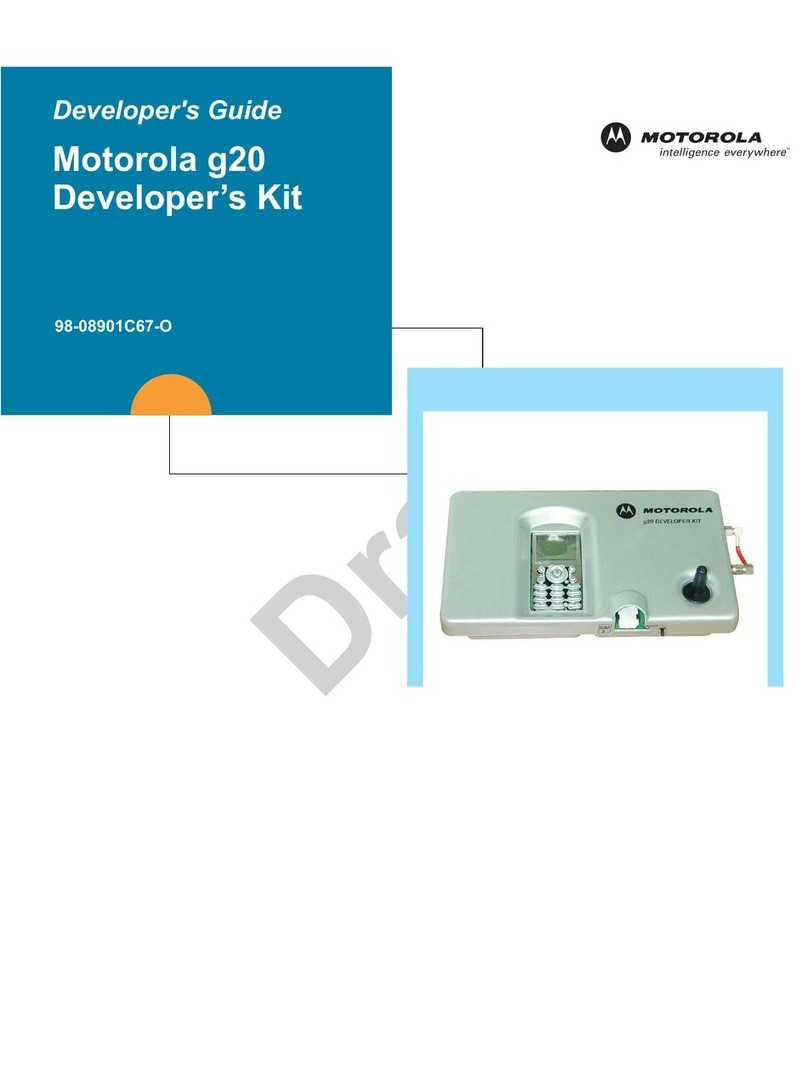
Motorola
Motorola F3030A Instruction Manual
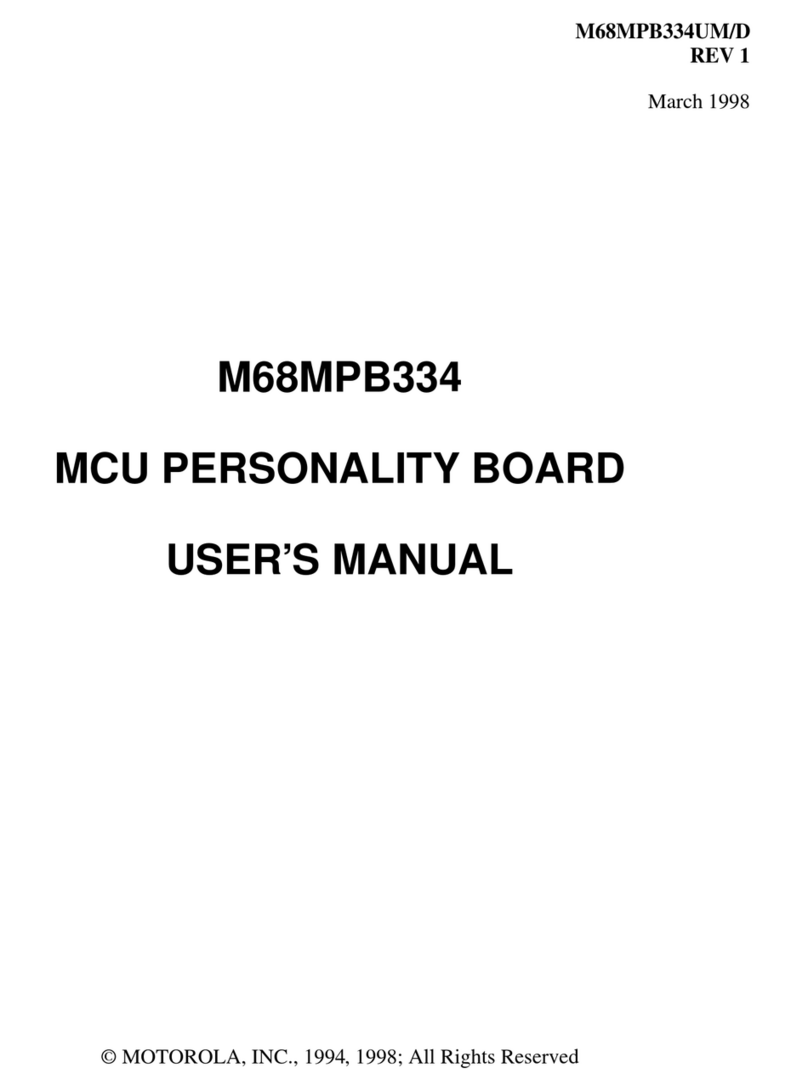
Motorola
Motorola M68MPB334 User manual
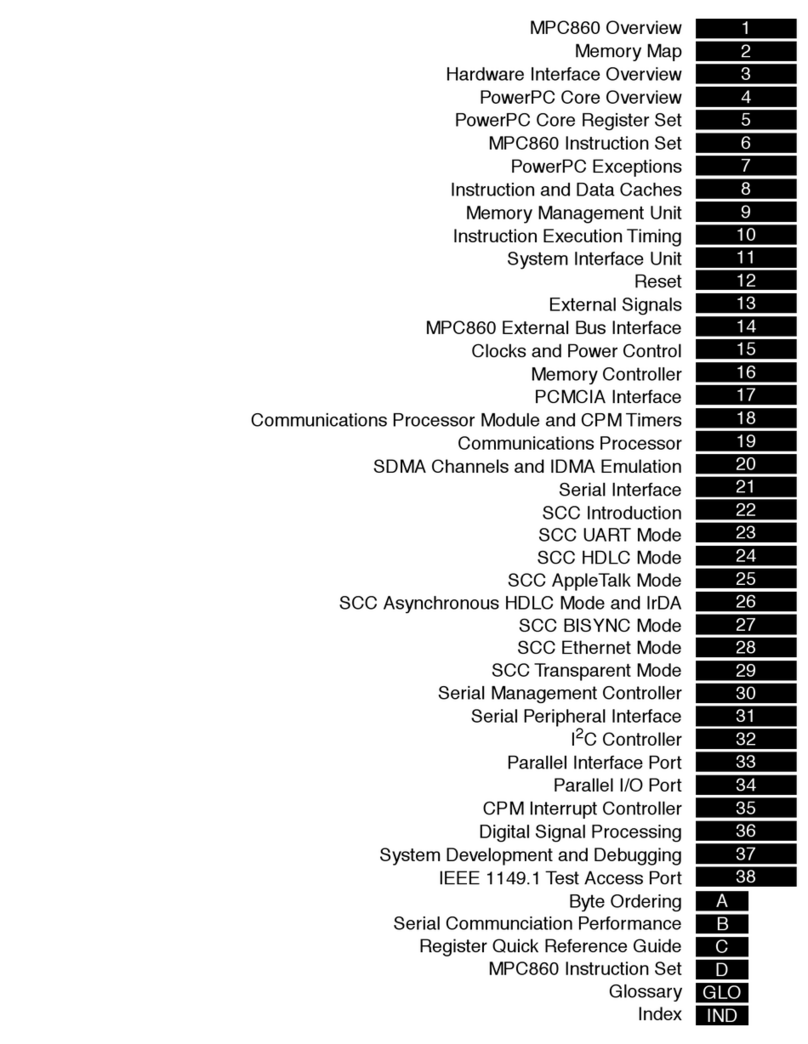
Motorola
Motorola MPC860 PowerQUICC User manual
Popular Microcontroller manuals by other brands

DIGITAL-LOGIC
DIGITAL-LOGIC MICROSPACE manual

Texas Instruments
Texas Instruments TMS320F2837 D Series Workshop Guide and Lab Manual

CYPRES
CYPRES CY14NVSRAMKIT-001 user guide

Espressif Systems
Espressif Systems ESP8266EX Programming guide

Abov
Abov AC33M8128L user manual
Silicon Laboratories
Silicon Laboratories C8051F800 user guide

